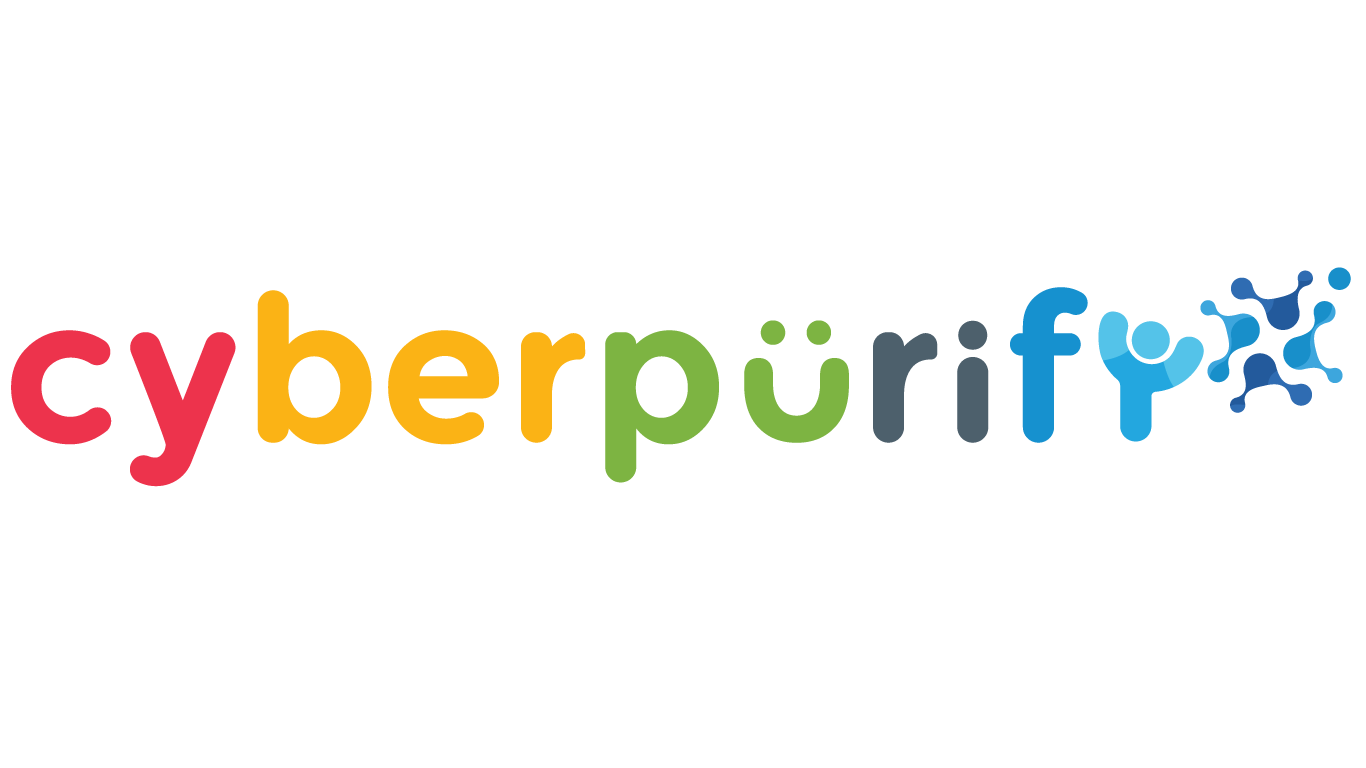Any parent wants to prepare soft skills for children to take advantage of the potential opportunities that technology will bring. Cultivating technology literacy like computational thinking will help children of the digital age to learn and work in the ever-changing world.
This article: Children’s digital opportunities – 4 MUST-HAVE soft skills for children will dive deeper into 4 things parents must teach children to be better prepared for their futures.
Children’s digital opportunities – 4 MUST-HAVE soft skills for children
Start building skills for the future!
When thinking about the skills that children and teens need to be able to take advantage of future technology opportunities, most parents often prioritize technical skills, such as programming (writing code) or designing websites.
These types of skills are especially important, but technology constantly changes, and so will they. Computer coding languages used today may not even exist in the future.
That’s why parents need to focus on soft skills for children, such as effective communication skills, teamwork skills, problem-solving skills, and creativity.
When talking about children’s digital opportunities, show your kids how their actions can affect their future careers.
For example, teens who develop communication skills while using social media such as Instagram, or Twitter can become eligible candidates for a Public Relations role.


When it comes to children’s digital opportunities, don’t underestimate online games.
Many parents assume that all games are inappropriate and unnecessary, in fact, some games are designed to foster soft skills for children such as teamwork and critical thinking.
For example, when children face a challenge, parents can teach them how to stay calm, approach the problem from different angles, monitor and experiment with various methods, and learn from it. These are the same skills your child can use to solve problems at work.
Some suggested questions to start a conversation with your child about building skills for the future:
- Which video do you like to watch the most (for example Youtube)? How do you think content creators like this came up with the idea? Have you ever thought about making your own video?
- Have you ever faced any challenges while playing online games? What did you do to overcome those challenges?
- Have you ever had to work with classmates via email or communicate online with them to complete schoolwork? Do you find learning online any different or difficult compared to face-to-face meetings?
Try and you might love this:
Encourage entrepreneurship
Help your child feel like a creator as well as a consumer of digital technology. You can start by reminding your child that all of the technology we love today doesn’t come by itself — someone must have created it.
Then look for stories of young people whose technology literacy changed the world. For example, Mark Zuckerberg built a website for Harvard students when he was just a student.
Children of the digital age should learn about the careers that match their interests and the skills they need for success. For example, if a child is interested in art, parents can suggest they start their own graphic design company.


Some suggested questions to start a conversation about digital entrepreneurship:
- Do you think young people like you can run their own businesses? Why is it possible or why is it not possible?
- If you started your own business, what would it be? How can you use the Internet to help you operate and achieve your goals?
- If you could create your own app, what would it be?
Advocacy for technology literacy skills
Most schools are eager to help their students learn technology literacy skills, but they may not have the resources to provide a high-quality curriculum.
Support your child’s right to technology education by asking their school what it is doing to leverage children’s digital opportunities. Some questions for you to consider are:
- What resources do they have?
- Are Internet, digital literacy, and technology lessons a standard part of your child’s curriculum? If not, find out why.


This will help you know the best way to speak up for your child and make sure they have a chance to develop technology literacy. We recommend “Get Digital” – one of many, often free resources to help educators incorporate technology lessons into classrooms.
Some suggested questions to start a conversation about accessing digital resources with your child’s school:
- What technology resources (for example, PC or laptop, tablets, or interactive whiteboards) are available to your child?
- How are educators integrating the use of technology into your child’s assignments?
- Is my child being taught digital literacy and computational thinking skills?


Parents should always be curious about technology
Parents are the role models for kids, so if you show an open and curious attitude in learning digital skills, your child will be encouraged to learn about it too.
Let your child understand that you also think these skills are important and take time to learn them together.
For example, you can watch an explanatory video about coding with your kids to learn more about data analysis and algorithm development.
You can also ask your child to teach you what they learned from school. It also helps children of the digital age review what they knew and improve their long-term memory.
Some suggested questions to start a conversation with your child about learning digital skills:
- What digital skills do you want to learn?
- Are there any digital skills you think parents should learn?


How should you start?
You can start by explaining “Algorithms” to your children, helping your child understand how algorithms work and how to develop them. Below are the suggested steps:
- Explain to your child: An algorithm is a set of step-by-step instructions for completing a task. And your child may be using algorithms without realizing it. Playing LEGO, cooking following a recipe, etc. are some examples of algorithms.
- Ask your child to choose something like making the bed, washing and/or folding clothes, cooking a meal, or setting the table. Then ask your child to write down all the steps needed to complete the task in the correct order.


- When your child completes, ask them to read the steps they followed. Make sure you follow the exact steps your child reads. For example, if the task is to cook something, but your child doesn’t tell you to unbox the ingredients, follow his or her instructions using the unopened containers. Your child will soon see that he or she is missing a step!
- When you’ve followed your child’s instructions, ask him if the task was completed correctly. If not, ask your child to add steps or edit his or her instructions to help you complete the task. Ask them to re-read the instructions as you follow them. Continue until your child’s algorithm guides you to finish the task correctly.
Children’s digital opportunities – The role of parents
Technology literacy is important, to make sure your child is growing up in a safe online environment, parents should actively utilize technology to protect their children from inappropriate content such as porn, bloody accidents, murders terrorism, etc.
Parenting in the digital age means you should take advantage of available parental controls on your child’s device to filter out harmful content, limit the use of the device, or block in-app purchases. In that case, parents might need to read:
- How to set up parental controls on Macbook
- How to block porn sites on Google Chrome
- How to block porn sites on Safari


However, with the spread of harmful content (especially porn) calculated by the second, these features are not enough.
Soft skills for children are important, to better raise children of the digital age, parents should consider using an additional online content filtering tool – considered by many parents as one of the best free parental control software to hide 15 types of harmful content on the Internet, including:
- Pornography
- Horrifying content like gore, accidents, ghosts, violence, murder, terrorism, etc
- Content about stimulants, addictive substances such as alcohol, beer, marijuana, drugs, etc
- Content with aggressive elements, hurting others like Hate speech


This free porn blocker extension can help to minimize your child’s access to harmful content, ensuring a healthy online environment for your child but at the same time, not invading their privacy rights.
You may also find this helpful:















